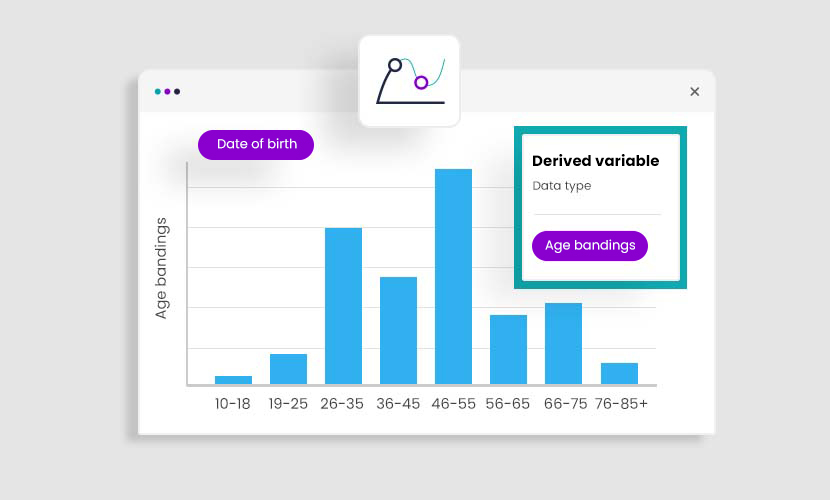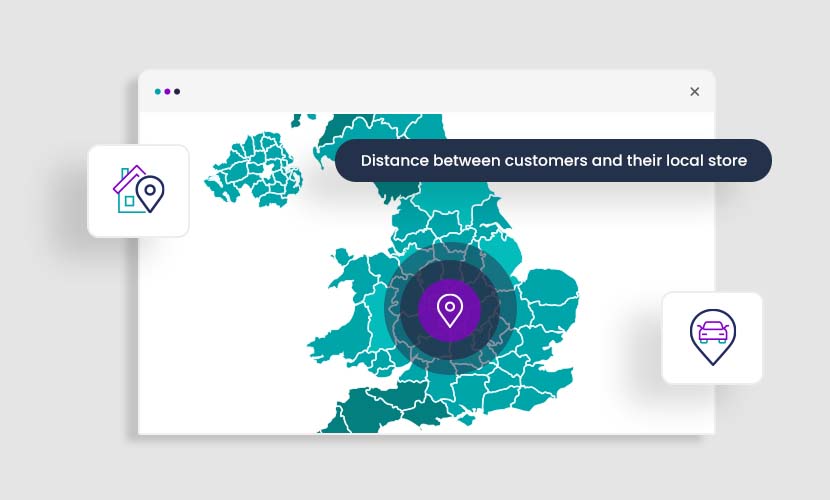5 common barriers companies must overcome to make the most out of their MarTech investments
06 May 2022 | by Martin Clark
Although overall marketing budgets have been reduced during the Covid-19 pandemic, investments in MarTech continue to grow. Recent research by Gartner has found that 68% of CMOs are expecting their spending on MarTech to increase in 2022. Companies have realised that to deliver the customer experience their customers demand, they must invest in end-to-end marketing processes supported by technology to personalise every customer interaction along the customer journey.
In my experience, companies typically struggle to overcome one or more of these common barriers and this holds them back from experiencing the full benefits of investing in MarTech. There are of course other well documented barriers such as organisation silos, skills shortages and integration with other MarTech technologies but here I have focused more on the data driven barriers that can typically be overcome with a combination of the right strategies, software tools, trained people and well-designed processes.
![]()
No central view of the customer data
MarTech success means getting to grips with your customer data. With the demise of the cookie, this means collecting first-party data and placing it at the heart of you marketing strategy. In the past it was simple, as there were only a few data sources needed for Marketing. Nowadays, you need all your customer transaction data in one place as that is what powers your personalisation. According to a recent Salesforce study, the number of data sources used has increased from 10 to 12 between 2020 and 2021 in B2B marketing and from 6 to 9 between 2020 and 2021 in B2C marketing and is expected to grow again to 12 in 2022, i.e. the number of sources has doubled from 2020 to 2022. MarTech vendors will bombard you with nifty acronyms like SCV, CDP, DWH, data lakes and more but at the heart of the challenge lies the fact that siloed data needs to be brought together to deliver a holistic view of the customer and this can present challenges, both legally and technically (what am I allowed to bring together and what can I bring together?). The increasing importance of known and unknown (anonymous) digital identities and corresponding challenges adds to the complexity. Of course, data quality also plays an important role in making sure that the resultant data is usable. Our own data trends report 2022, a study that we conducted among more than 200 data, campaign and marketing professionals, showed that for a major group of 41%, data quality is the biggest challenge when it comes to using MarTech stacks efficiently. Getting on top of your data is a fundamental prerequisite for MarTech success. Whilst challenges may exist, it is important to get started and potentially start small rather than delay.
![]()
Missing customer insights
A common hurdle to overcome is to generate customer insights (to drive your marketing communications). There are two issues to tackle here: data and tools. You need to be able to turn your first-party data (see above) into meaningful data to generate insights. This is where data calculations and derivations come in: it is possible to literally multiply your collected first-party data from, say, 20-50 variables coming from upstream data sources to dozens if not hundreds of new variables for insight creation. For example, a date of birth field could help derive an age range variable (e.g. to 30 to 40 year olds), a postal address could help derive the distance to your nearest branch or store, a purchase date and amount could help derive a series of Recency, Frequency and Monetary (RFM) value variables.


Don’t leave this task to your IT department. It needs to be driven by marketing as they are the ones who understand the data better and can identify the important analytical questions that need answering. Once this data exists you obviously need a software tool to create the insights. The tool must support the varied range of MarTech user needs (e.g. compare the needs of the manager to the analyst to the digital marketer – all have a different insight needs).
![]()
Turning insights into actions
Insights are helpful. Actionable insights are even better as they allow you to drive a concrete marketing action from the insight. A great example of this is to use the humble Venn diagram to create actionable marketing insights from. See below where we show the overlap between 3 marketing segments (customers who have bought recently, buy frequently and have a high lifetime value). Directly from this insight I can derive actions, for example, a target segment that needs to feed into a reactivation campaign or a target segment that is ripe for a cross or upsell campaign. Too often the insight is where things end rather than start. If you are having to manually export a list of customer numbers from your dashboarding tool to then manually import into your email tool, you don’t only have an inefficient process spanning multiple tools, you are probably losing valuable information, like an automated creation of contact history (who you contacted when) to drive future insight and actions (such as frequency capping i.e. reducing the spam factor). There are many other examples of actionable insights to help the marketer.
![]()
No intelligent marketing automation
Most marketers nowadays will have some sort of automation tool in place e.g. email automation. However, many of them aren’t intelligent in the sense that they aren’t driven by insights. Compare, for example, the classic use case of the online purchase basket abandonment. You put something in your basket, you get distracted by a WhatsApp message and you never return. A typical automation would be to fire out an email with a message like “you have items in your basket”. This is a bit like putting a clothing article back in the hanger in a store and a shopping assistant nudging you on the elbow asking whether you really don’t want to buy that article! A much smarter, insight driven approach would be to check which marketing segment that person is in (VIP, bargain hunter, infrequent shopper) and taking into account the segment characteristics and channel preferences, send an appropriate message via the right channel at the right time. There are endless examples of how an intelligent approach differs from a pure automation approach. What they all have in common is that the customer transaction data (see above) drives the personalisation required to deliver a higher level of customer experience and success. Organisations need to move on from their “if…then….else” automations to an intelligence marketing automation 2.0.

Unclear marketing outcomes
Finally, if you have overcome all of the above you may stumble at this final but important step; being able to measure marketing and business outcomes. An outcome is different to a marketing result or KPI. Companies are sinking in a range of detailed KPIs (e.g. channel specific KPIs such as email open rates, click rates, social media likes, shares or ad conversions etc), without really knowing what the outcome of their marketing is. What the marketer really wants to understand is what the aggregate impact or outcome on the business is, e.g. how many customers am I acquiring, how many am I losing, how many upgrades or downgrades have I had in the last month, how is marketing driving my profitability or loyalty etc). A good outcome to be aware of, for example, is to understand the net impact of a campaign on my customer segments. For example, it is possible that one has a positive campaign ROI, but this comes as a result of losing customers from a high value segment to a less valuable segment? This could initially look like a great campaign result, but it may be short-lived as it is coming at the expense of the quality of your customer base. As a marketer I would like to understand these essential marketer outcomes as well as the detailed KPIs.
The good news is that each of these barriers can be overcome with the right strategies, processes, data and technologies in place and that is what drives Apteco and its network of partners every day. It is really all about turning Marketing “Insights into Action”. To learn more about what Apteco offers to help overcome these challenges, take a look at our eGuide “Why intelligent campaign automation is vital for marketing success”.

